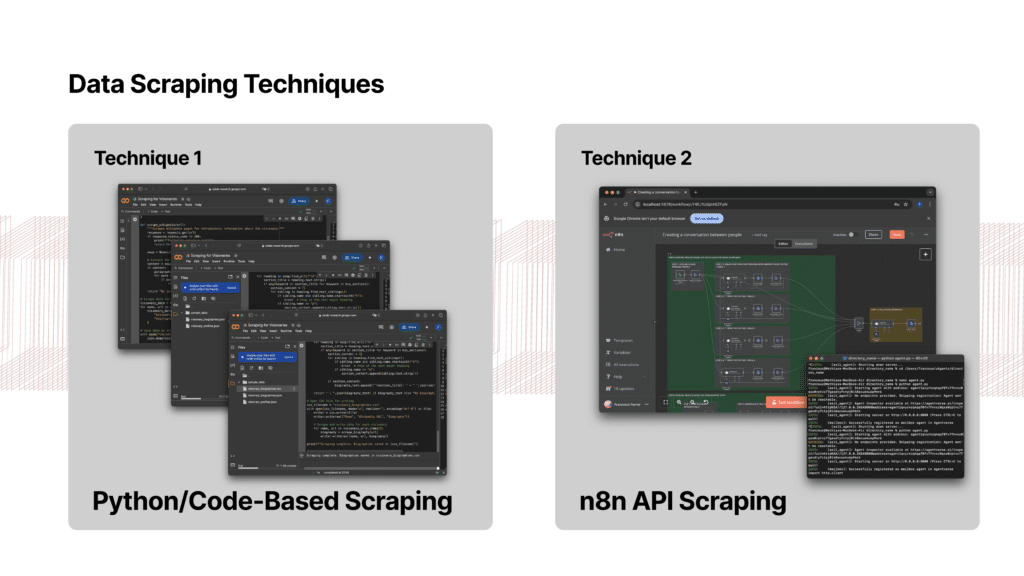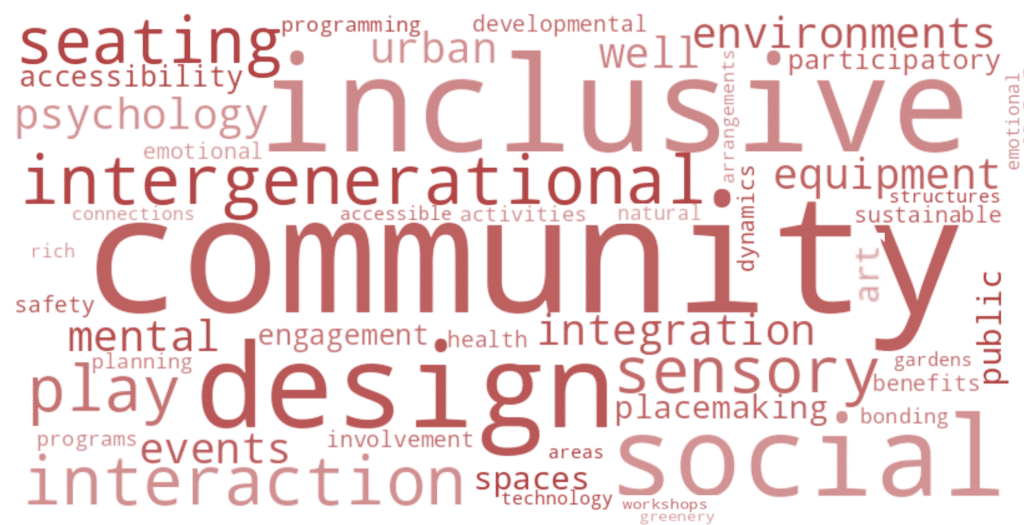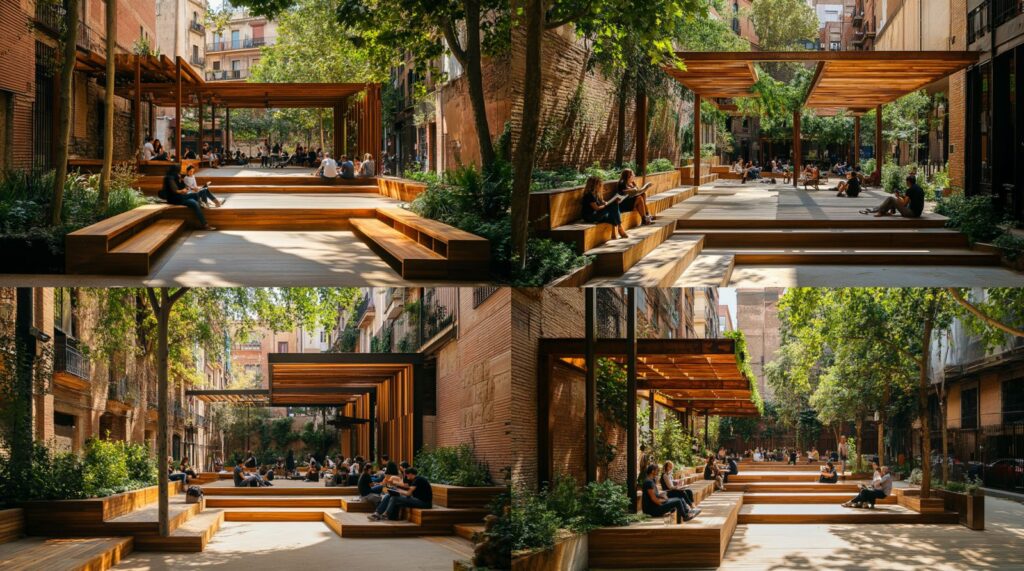A speculative approach to Design through data, literature, and participatory AI in Sant Antoni
Our urban issue: The Lack of Narrative-Driven Urban Design in a Data-Driven City
Contemporary urban design increasingly relies on AI and big data, often sidelining human stories, cultural narratives, and historical context in shaping urban spaces. While data-driven design optimizes efficiency, mobility, and resource distribution, it frequently lacks the emotional and cultural depth that defines meaningful public spaces. This class explores an alternative approach—one that integrates literature, community participation, and AI to craft richer, more inclusive urban environments.

This project is situated in the heart of Sant Antoni, Barcelona, a neighborhood where urban development meets cultural heritage. Known for its lively markets, pedestrian-friendly streets, and community-driven initiatives, Sant Antoni provides the perfect environment to explore a new approach to urban design—one that intertwines literature, AI, and public participation. The lack of narrative-driven urban planning often results in spaces that, while optimized for efficiency, fail to capture the cultural and emotional essence of the communities they serve. This initiative challenges this paradigm by integrating storytelling and artificial intelligence into the urban design process, ensuring that public spaces reflect the rich histories and identities of their inhabitants.
Reimagining Public Spaces Through Literature and AI
This participatory design exercise bridges literary descriptions of urban spaces with speculative AI-driven urban planning. By drawing inspiration from Mercè Rodoreda’s evocative depictions of gardens and plazas, we engage with narratives that shape a deeper sense of place. The goal is to use these literary landscapes as blueprints for designing public spaces that foster intergenerational interactions between children and older generations.


Simulating Community Input – A Responsible AI Approach
We created two pipelines, one n8n automated pipelines to collect data from interviews and one collecting data from public databases, we construct a Static Base CSV containing attributes like design knowledge, opinions, and engagement levels. This dataset informed the creation of AI agents, each contributing with diverse perspectives in the participatory design process.
AI-Generated Participatory Design Discussion
AI-Generated Participatory Design Discussion
Discussion Prompt – Participatory Agents X, Y, and Z discuss how public spaces can foster intergenerational connections. Each agent brings unique expertise, shaping design recommendations for seating, accessibility, shade, and materials.
Literary Input
Agents select descriptions of public spaces from Mercè Rodoreda’s work, using her symbolic language to refine their design vision.
Outcome Request
LLMs generate detailed technical drawings of an intergenerational public space, incorporating literary themes and community-driven insights.


By extracting keywords from these AI-driven discussions—such as “curved benches,” “textured sensory paths,” and “fragrant plants”—we refine our prompts for AI image generation. Fetch AI then produce images, visualising these speculative designs.
Community-Driven AI: A New Paradigm in Urban Planning
By integrating AI-assisted visualization with participatory design and literary inspiration, this exercise challenges the top-down approach of smart cities. Instead of relying solely on abstract data points, we advocate for a narrative-driven approach, where urban spaces emerge from human stories, shared memory, and collective imagination.
Key Takeaways
Literary descriptions provide a rich foundation for spatial design, countering the sterility of data-driven planning

AI visualization tools translate qualitative insights into compelling, interactive urban models
Participatory methods ensure that communities remain central in shaping their environments

Game-inspired design makes speculative urbanism more engaging and accessible
This class serves as a prototype for a future where AI, literature, and community insights intersect to create urban spaces that are not only functional but also deeply human.

